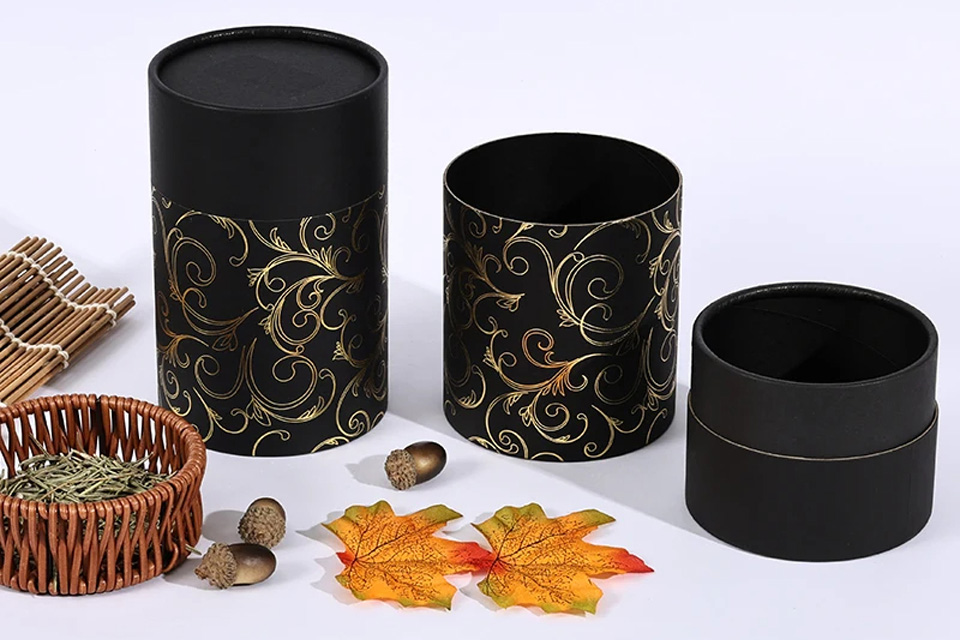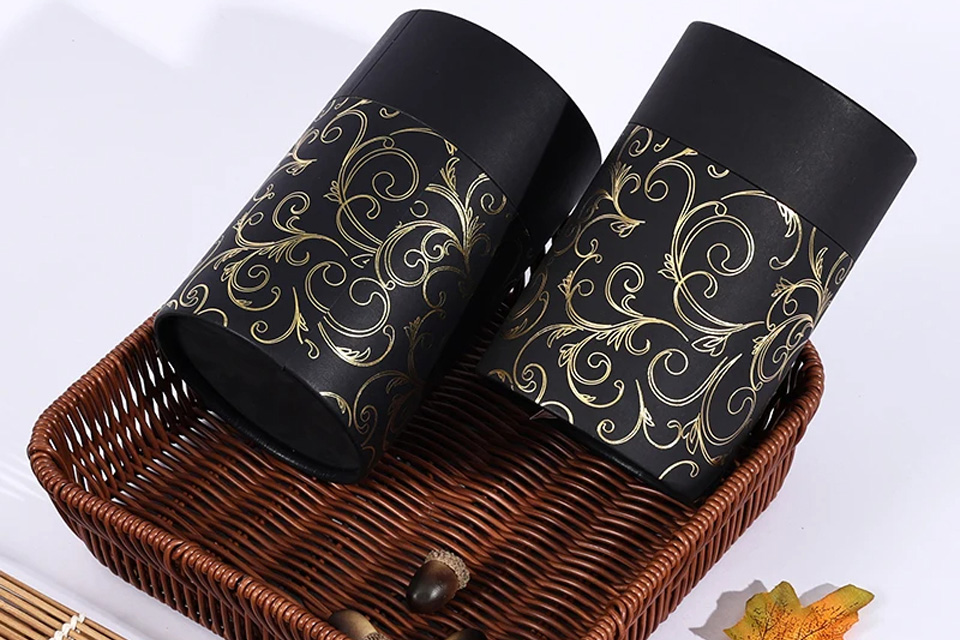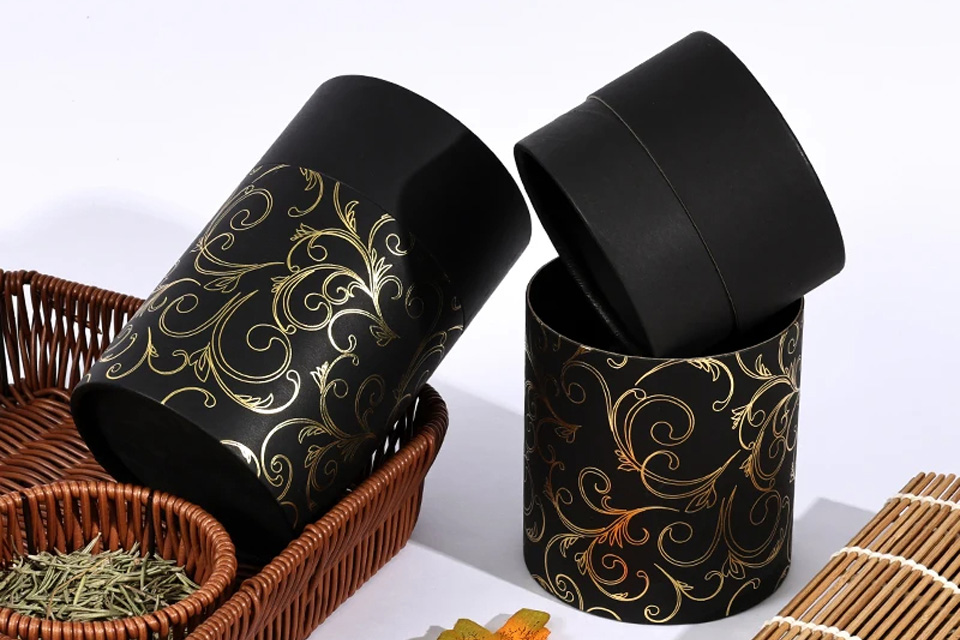Paper Can Packaging Revolution: 8 Design Strategies to Reconstruct Brand Value and Consumer Experience
Abstract
Driven by the dual goals of carbon neutrality and consumption upgrades, customized paper can packaging is evolving from a functional container to a core carrier of brand strategy. Based on the research on global packaging design trends and consumer behavior, this article proposes eight core strategies: environmentally friendly material innovation, sensory experience upgrade, intelligent technology integration, cultural symbol translation, functional structure breakthrough, personalized customization strategy, cost-efficiency balance, and brand narrative reconstruction. Combined with cutting-edge cases such as the Palace Museum Cultural and Creative Industry and Starbucks, this article analyzes how paper can packaging can achieve commercial value leaps through design innovation. The article cites authoritative resources such as FSC certification standards and Adobe Creative Cloud technology white papers to provide companies with solutions that combine environmental value and market penetration.
1. Environmentally friendly material revolution: from bio-based materials to recycling systems
-
Bamboo fiber composite technology The bamboo fiber paper can treated with nano-coating has a 60% increase in waterproof and oil-proof performance, extending the shelf life of food by 30% (Moritomo packaging case). FEELM Future e-cigarette honeycomb structure paper cans increase compressive strength by 40% while reducing carbon footprint by 63%.
-
Closed-loop recycling design The modular paper cans of Wenzhou Dongjia Paper Products can be disassembled and reorganized into storage boxes by users, and the packaging life cycle can be extended by 3 times in conjunction with the brand recycling incentive plan. EU EPD certification data shows that such designs increase customers' willingness to pay by 29%.
2. Sensory experience design: consumer stimulation of the five senses
-
Tactile innovation The "velvet touch paper can" launched by L'Oreal and Pantone is covered with a plant-based micro-velvet coating on the surface, which feels similar to velvet, and the unboxing experience premium is 35%. Neuroaesthetic experiments have confirmed that the gradient color design with 72% saturation can extend the shelf stay time by 3.2 seconds.
-
Auditory interaction The "enamel pattern paper can" of the Palace Museum Cultural and Creative adopts a magnetic opening and closing structure. The crisp sound when the lid is screwed reproduces the opening and closing ritual of ancient lacquerware, and the social media unboxing video has been played more than 80 million times.
3. Intelligent technology empowerment: from static packaging to dynamic interaction
-
AR augmented reality Starbucks 2025 Spring Sakura paper cans, mobile phone scanning triggers virtual cherry blossom rain, which makes the proportion of consumers aged 18-25 jump from 32% to 61%. Adobe Creative Cloud's AR design tools reduce the cost of brand self-development of interactive scenes by 75%.
-
Temperature sensing technology Mengniu World Cup limited paper cans use smart ink, and the team badge emerges when the can body temperature is below 8℃, which increases the recognition of male consumers by 58%.
4. Cultural symbol translation: modern interpretation of traditional aesthetics
-
Pattern deconstruction design The "Thousand Miles of Rivers and Mountains Drawing Can" in the Forbidden City deconstructs the green landscape of the Song Dynasty into geometric illustrations, and forms a moonlight gradient effect through local cold stamping technology. The cultural recognition is retained at 73% while meeting the minimalist aesthetic.
-
Activation of intangible cultural heritage crafts The high-temperature porcelain jars of Jingdezhen are combined with paper-based materials, and the glaze cracks are like ice cracks in Ge Kiln, which makes the tender chestnut fragrance of Longjing before Ming Dynasty complete the "post-ripening" process, and the product premium reaches 42%.
5. Functional structure breakthrough: from container to scene solution
-
Double-layer space magic The dodecahedron candy jar of Qunle Packaging has an upper and lower independent compartment design to achieve dry and wet separation, and the repurchase rate is 2.3 times that of conventional packaging. According to data from Japan LOFT, the repurchase rate of teenagers with special-shaped structure paper jars has increased by 140%.
-
Usability innovation The anti-scratch aluminum film easy-to-tear cover design has increased the success rate of elderly consumers opening the can from 68% to 92%. With the tactile convex dot logo, the barrier-free design won the Red Dot Award.
6. Personalized customization strategy: from mass production to C2M model
-
3D printing instant customization Nike co-branded shoe boxes support 3-hour ultra-fast printing in offline stores, UV technology presents dynamic light effects, and social media dissemination volume exceeds 120 million times.
-
Big data driven design Amazon's customized paper can system generates 12 pattern schemes based on user browsing records, increasing conversion rate by 27%.
7. Cost efficiency balance: a breakthrough for small and medium-sized enterprises
-
Modular component library Shanghai Jielong Art Printing launched 200+ combinable design elements, reducing the customization cost of small and medium-sized brands by 58% and shortening the delivery cycle to 7 days.
-
Lightweight structure Single-layer corrugated paper replaces the traditional three-layer structure, reducing logistics costs by 22% under the premise of unchanged compressive strength.
8. Brand Narrative Reconstruction: From Logo Reveal to Value Resonance
-
Hidden Logo System LV paper cans adopt the "red rule" of 31% of Monogram printing, and even without a logo, it still achieves 94% brand recognition.
-
Carbon Footprint Visualization Yunnan Pu'er tea brand "Rainforest Ancient Tree" marked the carbon emission reduction per gram of tea on the can body, successfully entered the European organic market, and increased the customer unit price by 29%.
Summary
Paper can packaging design has entered the era of "value symbiosis". Excellent solutions need to achieve a triangular balance between environmental responsibility, business logic and emotional value in a small space. From the tactile optimization of bamboo fiber materials (Moritomo packaging case), to the scene expansion of AR technology (Starbucks cherry cans), to the digital translation of cultural symbols (Forbidden City Thousand Miles of Rivers and Mountains), every detail is a touchpoint for the brand to establish a deep connection with consumers. In the future, with the popularization of biodegradable electronic ink (mass production in 2026) and blockchain traceability technology, paper cans will evolve from "packaging carriers" to "data portals", ushering in a new era of smart packaging.
 English
English Español
Español Português
Português Pусский
Pусский Français
Français Deutsch
Deutsch 日本語
日本語 한국어
한국어 Italiano
Italiano عربى
عربى


